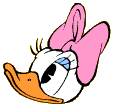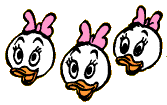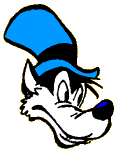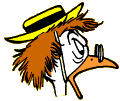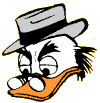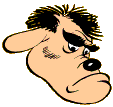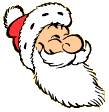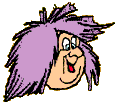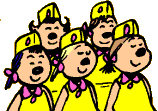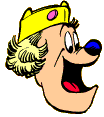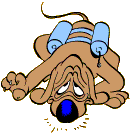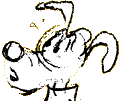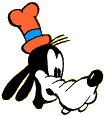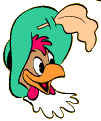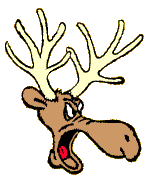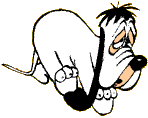Terminology:
Cartoons: short animated motion pictures shown before the feature film, generally about 8 minutes long. From 1928 through 1936, all Disney cartoons were released as »A Walt Disney Mickey Mouse« or »A Walt Disney Silly Symphony«; it was only after that that other Disney stars, as Donald Duck, Goofy, or Pluto, received their own series, though some of them already had had solo appearances inside the Mickey Mouse series.
Comic strips: comics produced especially for newspapers. You have to distinguish between the daily strips, which consisted of one strip each with generally 4-6 panels, and the Sunday pages, which offered more space for epic development. The comic strips were produced at a special department of the Disney Studio; the most prominent artists were Floyd Gottfredson and Al Taliaferro.
Comic books: magazines for newsstand distribution, which consisted nearly exclusively of comics. The comic books were not produced at the Disney Studio, but under licence at Western Publishing. Among the most important artists were Carl Barks and Tony Strobl in the Duck area and Paul Murry in the Mouse area.




